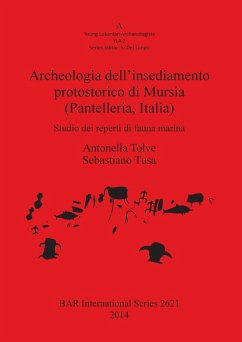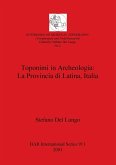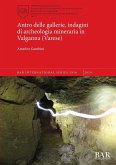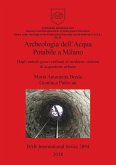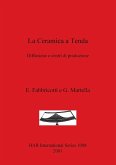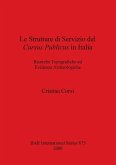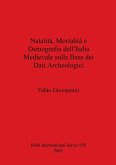Young Lukanian Archaeologists 2 The second volume in the Lukanian Young Archaeologists series concentrates on the processing of data obtained from archaeoichthyology and archaeomalacology finds from one of the most important prehistoric sites in the Mediterranean. The proto-historic settlement of Mursia (on the island of Pantelleria, Trapani, Italy) was soon integrated within the dense network of sea routes that affected the populations at the height of the Bronze Age. Chronologically, the settlement dates from the last two centuries of the first half of the second millennium BC. The town is on two terraced plateaus, of similar size, which today we call the 'Upstream Plateau' (or 'internal': excavation areas B and C) and 'Sea Plateau' (or 'headland': areas of excavation A and D). Significant information is presented on the species fished, fishing techniques, and the economic importance of these resources within the village of Mursia. The current archaeozoological research is not limited to the recognition and description of animal species but also focuses on the need to obtain information for cultural and environmental analyses and to try and reconstruct the ancient relationships between man and his natural resources generally. Through the analysis of the ichthyic and malacological samples from Mursia an attempt is made not only to identify the species present but also to process the data obtained from the taphonomic data for a reconstruction of this culturally isolated site within the context of marine resources.
Hinweis: Dieser Artikel kann nur an eine deutsche Lieferadresse ausgeliefert werden.
Hinweis: Dieser Artikel kann nur an eine deutsche Lieferadresse ausgeliefert werden.

